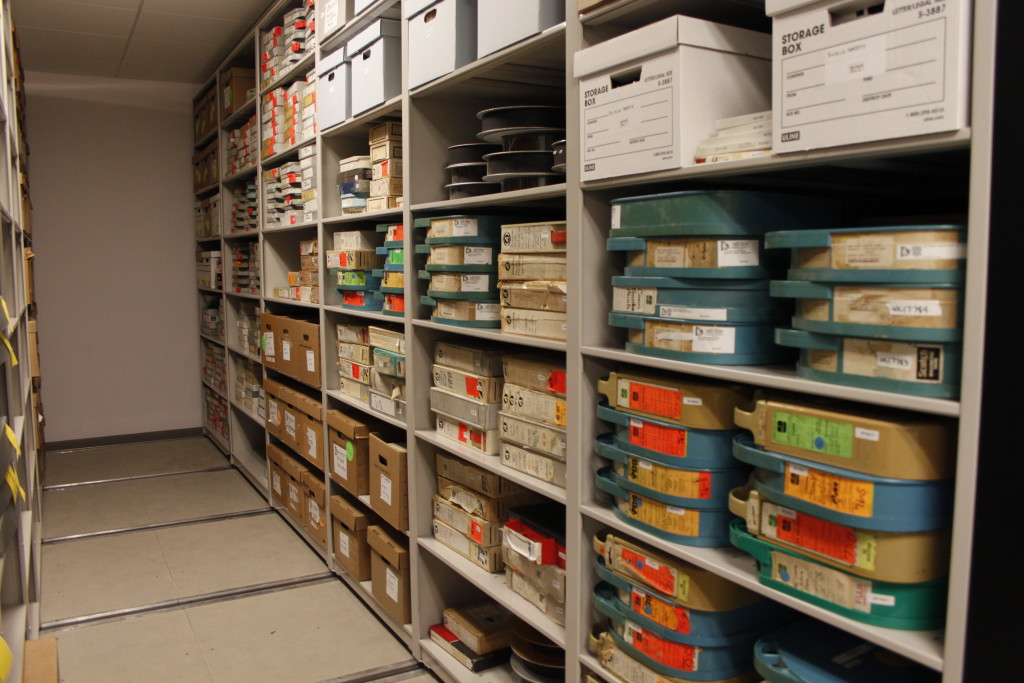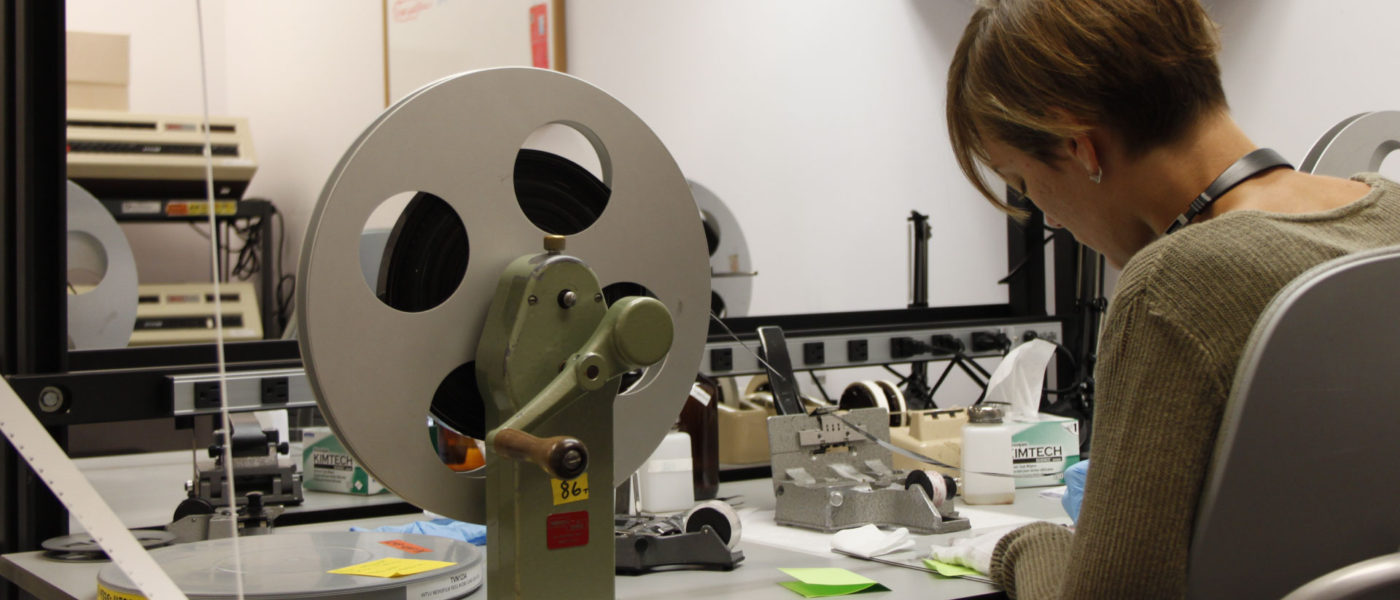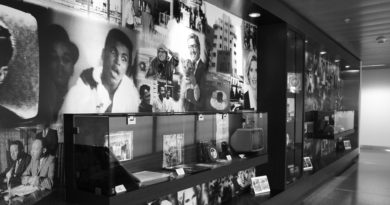Digitizing Florida’s History
Grainy 1980s television footage from Miami television station WTVJ depicts Haitian and Cuban immigrants standing in long lines waiting to receive housing and money for food.
It was a time when more than 100,000 Haitians and Cubans came to South Florida, mostly in rickety boats, seeking shelter from political turmoil.
Digitized TV reports from the Lynn and Louis Wolfson II Florida Moving Image Archives located at Wolfson Campus Room 8406 portray the desperation.
Preserving these types of television news reports, documentaries and home movies, as well as getting the history of Florida out to the public is the mission of the Archives.
The project has more than 35,000 hours of videotape and 23 million feet of film. Nearly half of their collection of historical television news, documentaries and home movies are digitized and available online from the Archives website and on their YouTube channel—for free.

Administrators at the Archives want students, journalists, historians and the general public to watch Florida history. Professors, students, and production companies have all contacted them requesting film from the archives for research, presentations and other projects.
“Students come and have no idea about what happened in the past,” Archives manager Lou Ellen Kramer said. “Seeing the first generation cell phone was huge in size, shocks many students.”
The Archives holds public weekly screenings showcasing their holdings. Recently, a rare kinescope screening of the live July 27, 1961 broadcast of The Plight of Pepito: Cuba’s Lost Generation was viewed by a packed crowd at the Wolfson Campus Auditorium.
Lynn Wolfson helped form the Archives with broadcast journalist Ralph Renick and historian Arva Moore Parks in 1984. The project was originally sponsored by Miami Dade College, the Miami-Dade Public Library System and the University of Miami. In 2009, the Wolfson family signed an agreement that transferred the Archives to MDC.
The Wolfson family donated $9 million to speed up the digitalization of the Archives collection and to build the program’s current office. The Archives are named in honor of Lynn Wolfson, who died in 2012, and her husband, Louis Wolfson II, who ran the television division of Wometco Enterprises.
A collage of pictures of the original Freedom Tower, Muhammad Ali as a young boxer, Hurricane Andrew’s devastation and President Barack Obama visiting Florida decorate the walls of MDC offices, giving a sense of the collection housed there.
Television and home movie equipment from the early 1950s are displayed next to the pictures, to get a real view of how people got their entertainment and news in the past.
Machines at the Archives include the Samma Robot that directly takes tapes and converts them to six different digital files. On a recent afternoon, the Samma Robot was processing tapes that showed the undefeated season of the Miami Dolphins in 1972, the only ever undefeated NFL team, through a full season and playoffs.
Rene Ramos, the Director of the MDC Archives, believes the project holds significant news stories and events, but also shows that people lived strange, complicated lives just like we do today.
“We started in 2012 and we are half way through,” Ramos said. “In another 18 to 24 months, we will probably be done and have everything online for more people to see.”
To view the search the Lynn and Louis Wolfson II Florida Moving Image Archives Media go to their online site.




